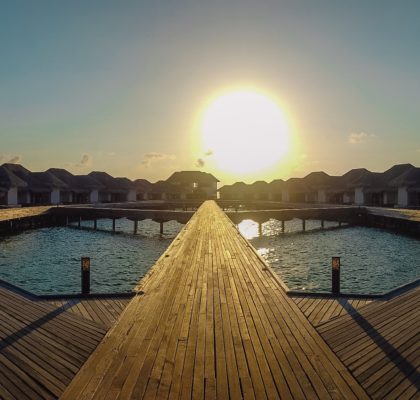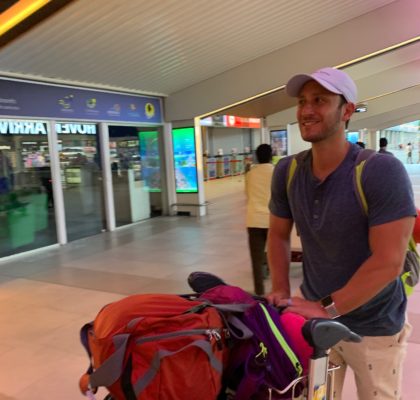We all know that 2020 has been a difficult year. More than 80 million people have contracted Covid-19 with almost 2 million of those cases resulting in death. The circumstance that has been involuntarily forced upon us has caused people into an altered state of mind. Some of us have voluntarily changed our behaviors in order to continue to attempt to live as normal a lifestyle as we have been accustomed to pre-Covid. Some travellers purchased RVs and travel trailers in hopes of exploring more of their own countries and any surrounding countries that would admit them. Rather than acquiring an additional land vehicle, we bought a boat–two of them actually. The reason we made such a significant purchase was that we thought in order to continue our travel safely and further produce content for this blog, we could instead take trips to different lakes in the continental United States. We do intend to do that in the warmer months of 2021, but what if I told you that you can still have a bit of a getaway safely?
It has been almost 12 months since the world was inundated with the novel coronavirus. During that time, travel was shut down completely, and has since partially opened. In the earlier part of the pandemic, we were afraid to fly anywhere. We were a bit fearful of contracting Covid-19 in flight. During our flight to and from Oman, we used a whole small bottle of hand sanitizer! Studies, such as the Harvard Gate-to-Gate study and the U.S. Department of Defense TRANSCOM study have since quelled those fears. That’s not to say that flying should be the same as it was pre-Covid, but it’s definitely safer than going to the grocery store or your local Walmart. All commercial airlines are requiring passengers to wear masks at all times unless they are eating or drinking. Some airlines, like Qatar Airways, are going even further in requiring passengers not only wear face masks, but also wear plastic face shields. This requirement isn’t just in flight, but also for boarding and deplaning.
Additionally, masks are to be worn from the moment you enter your home airport until the time you step outside of your final destination’s airport. I’d recommend packing a few disposable ones for each person traveling, especially if you have a longer total journey (consider pre-flight time, connection times, and waiting on luggage or transportation to your accommodations).
We have been at home watching some of our fellow Americans purposefully avoid adherence to public health guidance, which has caused an enormous spike in Covid cases. These same Americans have also been traveling to destinations like Mexico and countries in the Caribbean. Why? The simple answer is because of the close proximity to the US and no proof of a negative PCR Covid test for entry. My recommendation is to avoid these destinations and schedule your travel to destinations that require negative PCR Covid test results for entry.
Using our own guidelines (which included a 2-week quarantine pre-departure date), we recently traveled to the Maldives, which required proof of a negative PCR Covid test taken within 96 hours of departure. This means that not only are all passengers on the aircraft wearing face masks and shields, but they have all presented results of a negative Covid test. This recipe severely minimizes the chance of contracting Covid-19 during the flight. What about at the destination?
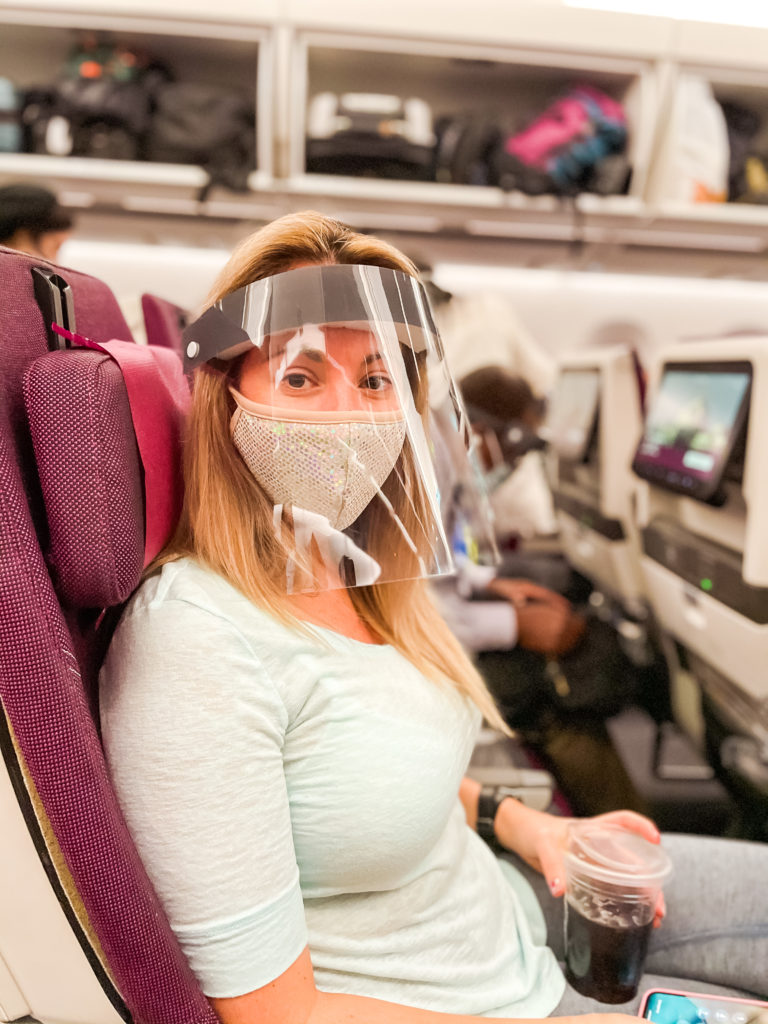
The Maldives, for instance, requires masks to be worn at all times in public, even outdoors. This is in stark contrast to regulations in the United States, which may have indoor requirements only. We had to wear our masks on the private boat to Kagi Island from the seaplane platform. We had to wear them on the private flight as well. Construction workers were wearing masks while working. People were wearing masks while walking down the street alone. All resort employees were wearing masks at all times. It was very safe and comforting.
Offering even more peace of mind, every shared space had multiple hand sanitizer stations. Before each meal, the server brought over a pump bottle and asked us each to use it. The public restrooms had signs with proper hand washing guidance. Yoga was socially distanced. And to top it off, there were a total of 18 guests at the resort the day we arrived and 30 by the day we left a week later. At most points in the day, we were quite literally the only people within a well-more-than 6 foot distance.
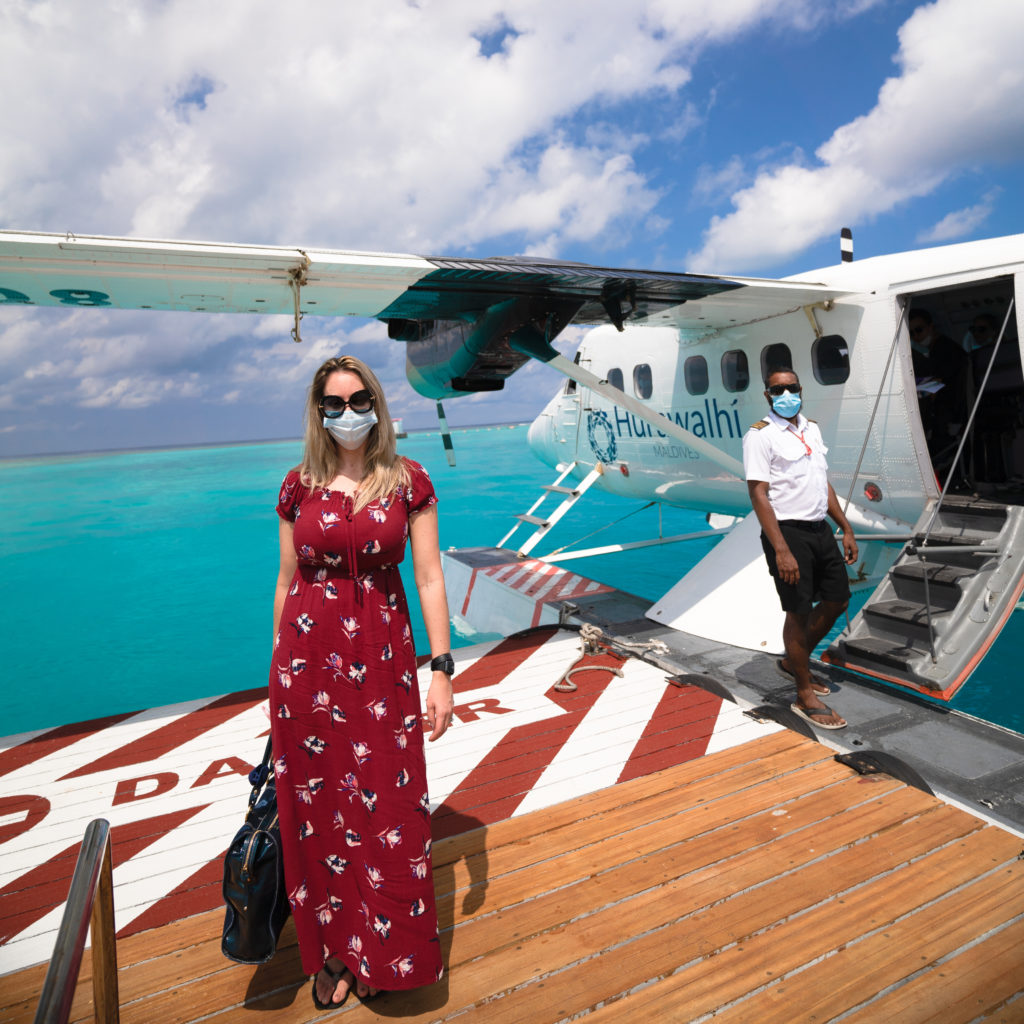
If you’re American and don’t hold a passport, you can travel to Hawaii. You will have to submit proof of a negative PCR test taken within 72 hours prior to your flight departure. Both Oahu and Maui are accepting travelers, but other islands may be closed. Most of the activities in Hawaii will be outdoors. Hiking, surfing, snorkeling, and diving will give you plenty of space for social distancing.
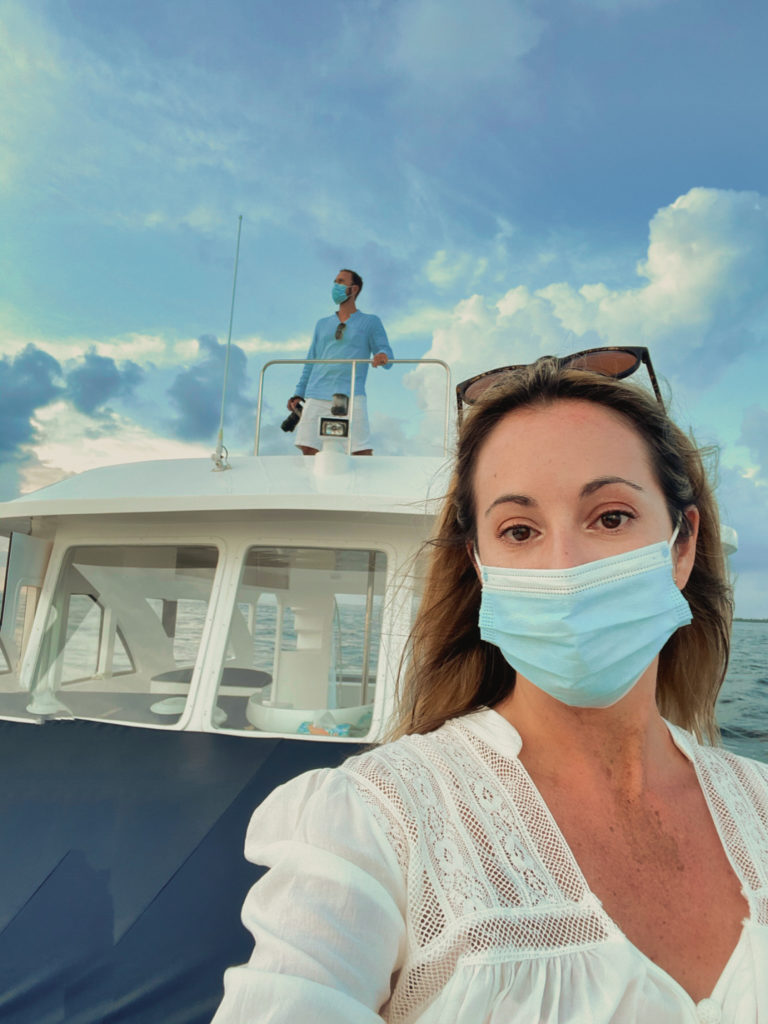
Other good destinations requiring proof of negative Covid tests:
- Bora Bora
- Tahiti
- Moorea
- Bahamas
- U.S. Virgin Islands
- St. Maarten
- St. Kitts
- Bonaire
- Antigua
- St. Lucia
The purpose of this post is to provide our thoughts about travel during the pandemic. We are not medical doctors or public health officials. Because changes have been occurring rapidly, check the entry requirements of your destination before you book a trip and then periodically until your departure. Do not attempt to board any aircraft if you have tested positive or are exhibiting symptoms of Covid-19. Seek immediate medical assistance if you feel ill while traveling.
